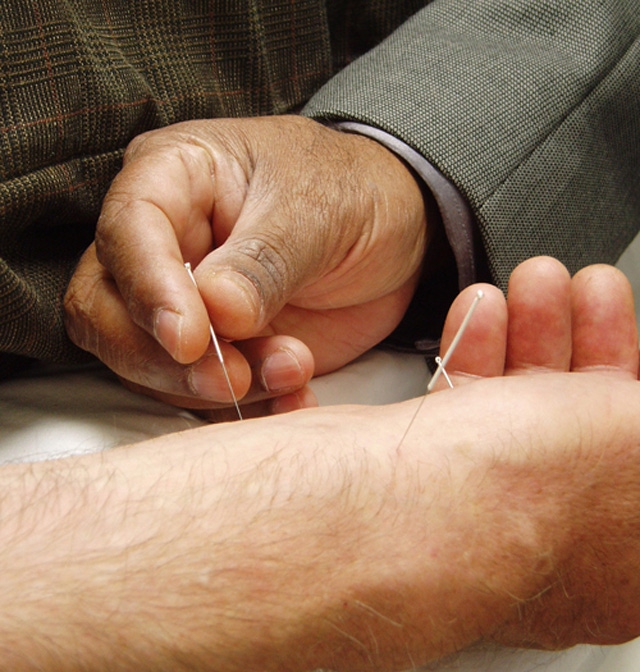Researchers make case for using more plastic in acupuncture
Plastics have enabled countless advances in modern medical technology and made the practice of medicine safer and more cost efficient. Now, researchers in Australia have published a paper recommending that the ancient practice of acupuncture could also benefit from more widespread use of plastics. Specifically, they make the case that replacing the copper coil handles in disposable acupuncture needles with plastic ones would prevent needles from buckling and be more environmentally friendly.
August 19, 2014

Plastics have enabled countless advances in modern medical technology and made the practice of medicine safer and more cost efficient. Now, researchers in Australia have published a paper recommending that the ancient practice of acupuncture could also benefit from more widespread use of plastics. Specifically, they make the case that replacing the copper coil handles in disposable acupuncture needles with plastic ones would prevent needles from buckling and be more environmentally friendly. The research is published online in the peer-reviewed Acupuncture in Medicine (AIM).
|
Image courtesy Kyle Hunter |
In clinical practice, it is often difficult for the acupuncturist to insert a long needle into tissue, because long, fine needles are prone to buckling, according to a press release published by AIM to promote the article. Consequently, acupuncturists either use larger needles, which can be more painful for the patient, or hold the needle shaft during insertion, which poses an infection risk. Minimizing the risk of buckling during the procedure is therefore important to enhance patient comfort and safety, say the researchers, led by Yi Min Xie, Centre for Innovative Structures and Materials, School of Civil, Environmental and Chemical Engineering, RMIT University, in Melbourne, Australia.
To find out which type of handle would best resist buckling, they compared the strength of two of the most commonly used handle designs: copper coil and plastic.
They assessed the load that needles could sustain with these two types of handles, along with the stiffness of the stainless steel wires used in different lengths of acupuncture needles.
The results showed that the stiffness of the stainless steel wires in both types of needles was similar. But needles with copper coil handles were far more prone to buckling than those with plastic handles, and required more steel wires. The average buckling force of 30-mm-long needles with plastic handles was almost 47% higher than copper-coil handles; it was almost 31% higher when 60-mm-long needles were used.
Replacing copper coil handles with plastic handles would also have a positive environmental impact, according to the researchers. Approximately 2 billion disposable acupuncture needles are used annually, at least half of which have copper coil handles. Switching to plastic handles could save up to 100 tonnes of copper wire and 20 million metres of medical-grade stainless steel every year, according to the researchers' calculation.
About the Author(s)
You May Also Like





